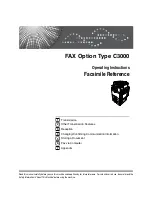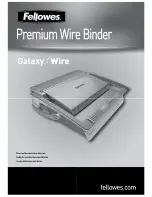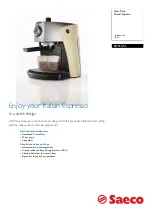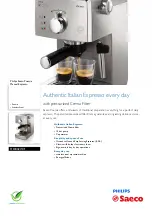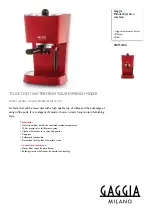
41
SECTION
IV
PROFESSIONAL STYLE EMBROIDERY
Getting Ready to Sew Professional Style
Embroidery
¡
Interfacing
Interfacing material for embroidery is available in
adhesive type (iron-on) and non-adhesive type.
Interfacing should be attached to the wrong side of
fabric. (More than one layer may be required).
The non-adhesive type should be used with fabric
which cannot be ironed or on sections which are
difficult to iron. For both types, cut the interfacing
larger than the embroidery frame and set it on the
frame so that the entire piece is fastened in it.
* Note that the ironing temperature varies with the
kind of adhesive interfacing.
Selection of interfacing
To obtain perfectly formed letters, it is important to
use the correct interfacing:
* Adhesive type (iron-on)
Use for stretch fabric
(such as knit), thin
fabric and shrinkable
fabric.
* Non-adhesive type
Use for firm fabrics
and fabrics which
cannot be ironed.
r
e
q
w
¡
Template
The illustration shows various strating points.
q
Starting point for optional Memory Card #2, #3, etc.
w
Starting point for optional Memory Card #102, #103,
etc.
e
Starting point for Monogramming (see page 43).
r
Thumb hole (see page 43).
* For embroidery sewing, we recommend Janome
embroidery bobbin thread.
¡
Selecting Needle and Thread
WEIGHT
OF
FABRIC
Light
Medium
Heavy
TYPE
OF
NEEDLE
Size 50
Machine Embroidery
Thread
(Janome Embroidery
Thread)
Size 50 to 100
Synthetic
TYPE OF THREAD
Universal
Ball Point
Blue Tipped
Needle
Universal
NEEDLE
SIZE
11 (75)
14 (90)
. . . .
. . . . . . . . .
Note:
In embroidery sewing, the foot control cannot be
used. Please use the start/stop button.
Summary of Contents for Harmony 8100
Page 1: ......
Page 63: ...834 853 005 E Printed in Japan...































